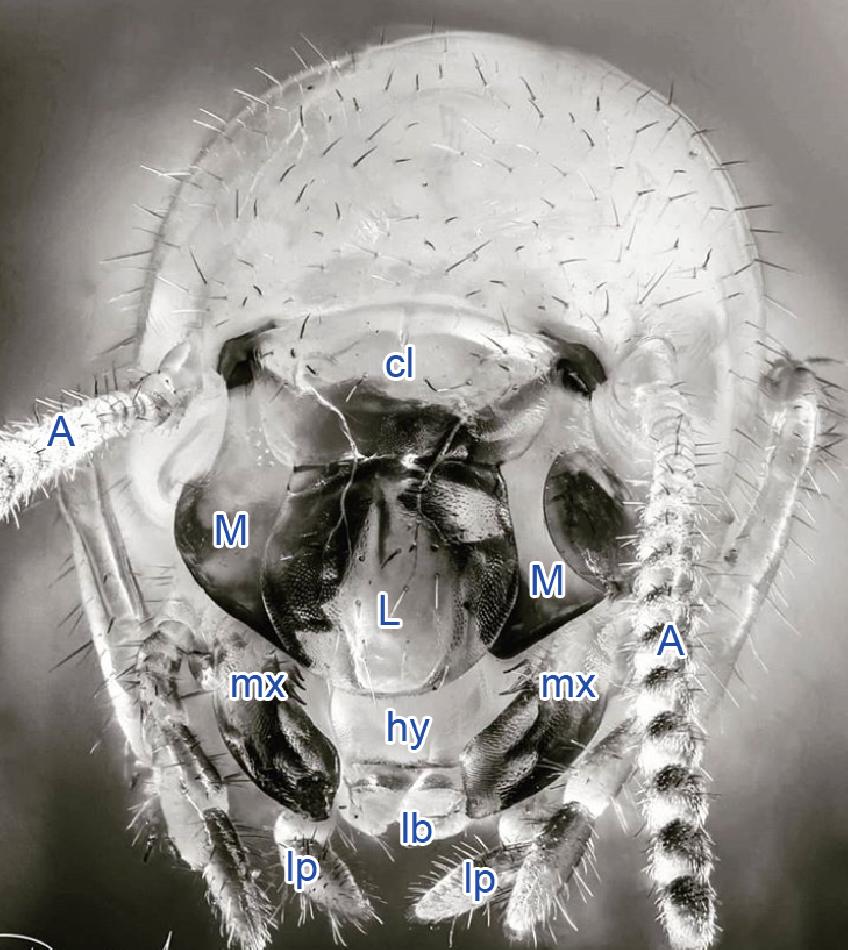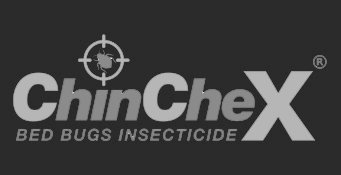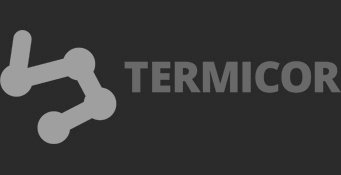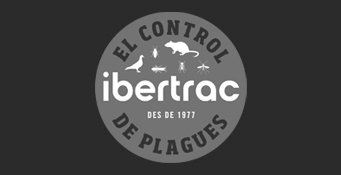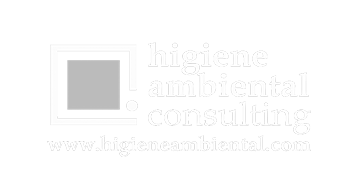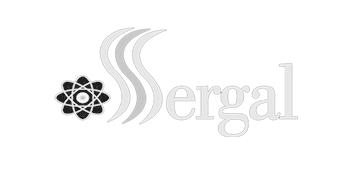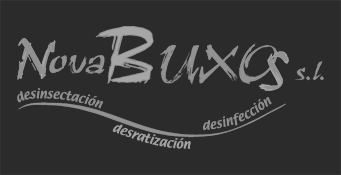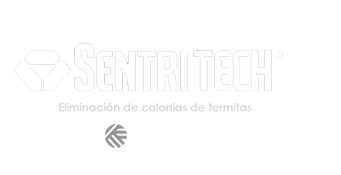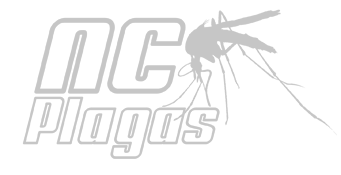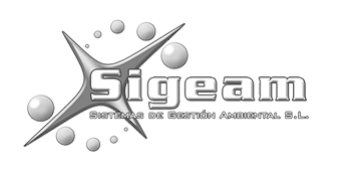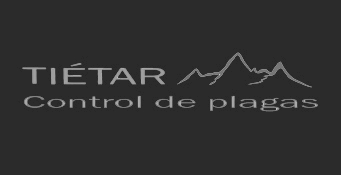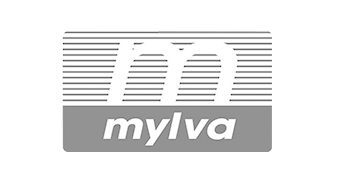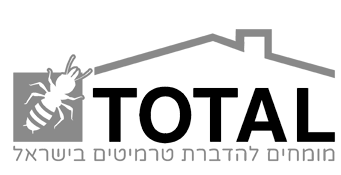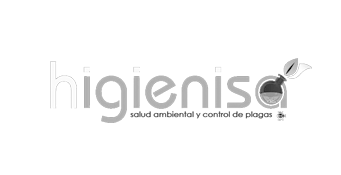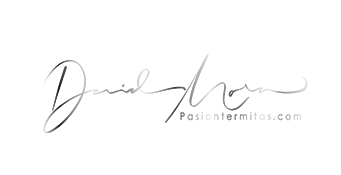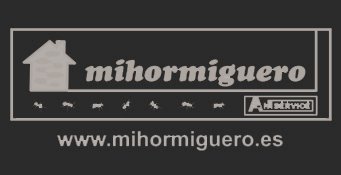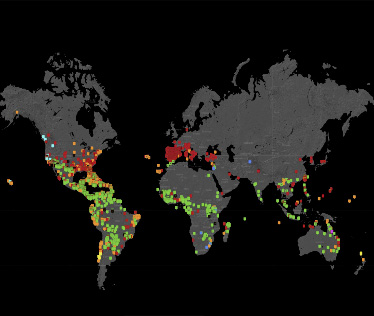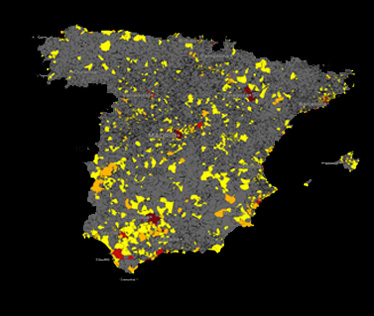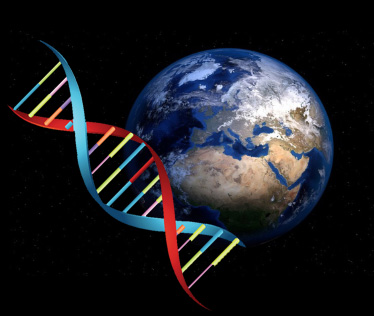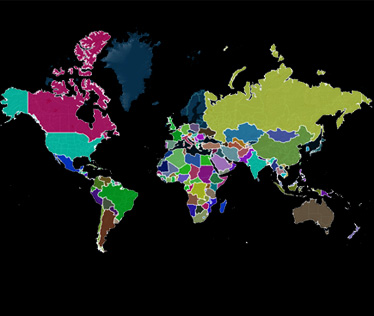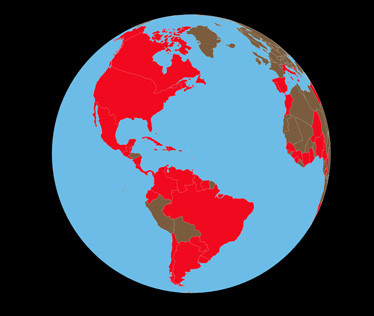Termite head
Body parts of a termite
Have you heard of termites? Have you ever seen them directly?
Almost everyone has heard of termites, many people have seen them directly and still, would you be able to describe it? Their appearance can vary widely between castes and species, but even so, termites have a series of externally visible parts that represent them as individuals. In the next few articles we will dedicate ourselves to analyzing precisely those parts of the body of a termite that define them as a group and that have given them the necessary capacities for their evolutionary success. In today's article, we'll start with one of the most unique parts termites possess: the head.
Termite head

Head of a winged from Coptotermes gestroi. Photograph by David Mora del Pozo, modified by Valeria Palma-Onetto. Abbreviations: c, clipeus; e, eyes; L, labrum; or, ocelli.
The subterranean life of termites has evolved to a head without eyes, which are only present in some species that feed foraging in the open field, or in the winged stage (and consequently in kings) stage in which the termites leave the nest to form a couple and be the new kings of a colony. When present, the eyes can appear as large dark eyes or lateral ocelli (see figure 1), although the latter are not present in all species. The ocelli are characterized by being a visual organ present only in arthropods that allows us to perceive light, but not the shape of objects.
The rest of the head is made up of a labrum located in a position analogous to what would be the nose in humans, a clipus that joins the labrum with the rest of the head (generally divided into: postclipus and anteclipus). The labrum usually has a rounded shape in winged ones and workers, while in soldiers it can present different shapes and be accompanied by a bubble at its apex, better known as the “hyalin tip”. On the clypeus we find the entire central part of the head of a termite, frequently characterized by an opening called a fontanelle in all soldiers, almost all species of winged ones, but absent in workers. The fontanelle is used to release toxic compounds secreted by the frontal gland, which is located inside the head (and sometimes thorax and abdomen) of the termite and is used as a defense mechanism.

Dorsal part of the head of a worker. Photograph by David Mora del Pozo, modified by Valeria Palma-Onetto. Abbreviations: hy, hypopharynx; lb, lip; lp, labial palp; mp, maxillary palp.
Termite antennae, located on both sides of the dorsal face of the head, are long and thin structures, composed of between 11 to 33 segments depending on the species and devoid of ramifications. The function of the antennas is mainly sensory and they are often used for chemical recognition experiments. The first segment of the antenna (the one that attaches it to the head) is known as the escapement, and the second segment is called the pedicel.

Head of a winged from Coptotermes gestroi. Photograph by David Mora del Pozo, modified by Valeria Palma-Onetto. Abbreviations: A, antenna; c, clipeus; L, labrum; lb, lip; lp, labial palp; M, jaw; mx, maxilla.
The oral structures of the termite include: the jaws, the maxillae, the hypopharynx and the lip. The jaws are used to crush food, therefore they are hard structures that are replaced with each molt. Due to their function, the jaws are usually stronger in workers than in other castes, being reinforced with zinc and manganese. Also, the jaws of hardwood-eating termites (like most of the Kalotermitidae family) are strong structures that allow wood to break that is often almost impossible to break with axes. Because they are replaced with each molt, the jaws are often an indicator of termite age, as long-lived workers who have already reached their full molts will not be able to replace them. It is this same fact that makes the kings dependent on the food provided by the workers, since their jaws are worn out and they are unable to grind the food. On the other hand, in soldiers the jaws can present various specialized forms since their function lies clearly in defense, being possible to find species in which the soldiers do not have jaws, since they have been replaced by chemical defense mechanisms. The maxillae and the lip are used to taste and manipulate food, for this they use palps that come as extensions of these same pieces. Finally, the hypopharynx acts and is located analogously to the human tongue, moving food into the oral cavity. It should be noted that the lip is also responsible for releasing the secretion of the labial glands, used by workers as enzymes that help digest food while in other breeds as a defensive mechanism. On the other hand, the hypopharynx and the labrum would be related to the labral gland, whose function is not yet well defined but apparently it would be linked to communication between individuals.Las estructuras bucales de la termita comprenden: las mandíbulas, las maxilas, la hipofaringe y el labio.
The jaws are used to crush food, therefore they are hard structures that are replaced with each molt. Due to their function, the jaws are usually stronger in workers than in other castes, being reinforced with zinc and manganese. Also, the jaws of hardwood-eating termites (like most of the Kalotermitidae family) are strong structures that allow wood to break that is often almost impossible to break with axes. Because they are replaced with each molt, the jaws are often an indicator of the age of the termite, as long-lived workers who have already reached their full molts will not be able to replace them. It is this same fact that makes the kings dependent on the food provided by the workers, since their jaws are worn out and they are unable to grind the food. On the other hand, in soldiers the jaws can present various specialized forms since their function lies clearly in defense, being possible to find species in which the soldiers do not have jaws, since they have been replaced by chemical defense mechanisms. The maxillae and the lip are used to taste and manipulate food, for this they use palps that come as extensions of these same pieces. Finally, the hypopharynx acts and is located analogously to the human tongue, moving food into the oral cavity. It should be noted that the lip is also responsible for releasing the secretion of the labial glands, used by workers as enzymes that help digest food while in other breeds as a defensive mechanism. On the other hand, the hypopharynx and the labrum would be related to the labral gland, whose function is not yet well defined but apparently it would be linked to communication between individuals.
As you can see, the head of termites is made up of several external parts that are complex and fundamental to their survival. Many of these parts have an expected role such as their usefulness to grind food, but other parts have less known functions such as the defensive properties of the lip and the fontanelle. Later we will detail in detail how these glands act and how they have made termites one of the most successful organisms in the world, we invite you to continue with us.
Bibliografía
Cribb BW, Stewart A, Huang H, et al (2008) Unique zinc mass in mandibles separates drywood termites from other groups of termites. Naturwissenschaften 95:433–441
Eggleton P. 2011. An introduction to termites: biology, taxonomy and functional morphology. In Bignell DE, Roisin Y, Lo N, eds. Biology of Termites: A Modern Synthesis. Dordrecht: Springer. 1-26.
Palma-Onetto, V., Hošková, K., Křížková, B., Krejčířová, R., Pflegerová, J., Bubeníčková, F., Plarre, R., Dahlsjö, C. A. L., Synek, J., Bourguignon, T. 2018 The labral gland in termite soldiers. Biological Journal of the Linnean Society. 123, 535-544. (DOI: 10.1093/biolinnean/blx162).
Palma-Onetto, V., Pflegerová, J., Plarre, R., Synek, J., Cvačka, J., Sillam-Dussès, D., & Šobotník, J. (2019). The labral gland in termites: evolution and function. Biological Journal of the Linnean Society. 126, 587-597.
Un artículo escrito por la Dra. Valeria Palma-Onetto


